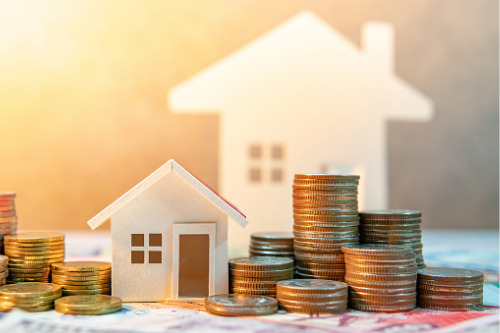But when they do, it will “certainly have an impact into the Australian market” says economist

US Treasury Secretary Janet Yellen’s recent remarks that interest rates might need to rise to prevent the economy overheating if the Biden administration’s spending proposals were enacted certainly caused a stir around the world. After being widely reported in the media, Yellen soon moved to dispel speculation and clarify that she neither predicted nor recommended the Fed raise rates in response to President Biden’s spending package.
But these events certainly had many people wondering how rising US rates would impact the Australian market and the economy.
ANZ head of FX and G3 research Daniel Been told MPA there were two ways in which rising US rates would impact the Australian market.
“One of the major ways in which central banks have managed to stimulate the economy has been through quantitative easing and other non-standard policies suppressing volatility and boosting asset prices,” he said. “If we saw a signal of the end of this excess liquidity era, we would likely see a rise in interest rates in the US which would spark some volatility in financial markets - which would feed through into Australian stocks and potentially consumer confidence.
“There’s kind of that markets/financial conditions channel which we think would be the main channel of transmission of higher US rates.
“The second one is, in the past Governor Phil Lowe in Australia has talked about how we can’t operate in a vacuum when it comes to monetary policy.
“If we are in a global environment which sees the Fed with enough confidence to start raising rates, it’s likely that we’re in a global environment where the RBA would be starting to think quite similarly.”
The counterpoint to this occurring would be a “stronger growth environment” that is “relatively resilient to those rate hikes,” he added. “It’s not likely to happen just yet and, when it does happen, we don’t think it’s going to generate a huge change.”
Read more: Rates to stay low for years
Rather than causing an all-out property crash or sharp turn in lending, Been said rising rates would likely slow the mortgage market and cool property prices a bit.
“It’s not our expectation that we do get a sharp rise,” he said. “The shift in focus from central banks globally suggests that when rates rise, it’s probably only a story for 2022 or 2023 and it will be a quite gradual process.
“But when we do get towards that it certainly will have an impact into the Australian market and the Australian economy.”
For now, ANZ expects the cash rate in Australia to stay put until 2023, but for fixed rates to rise over the second half of the year following changes to the RBA’s quantitative easing program and yield curve control.
Read more: Mortgage rates set to rise in months – ANZ
“What that will do is reduce the ability for banks to fund fixed mortgages so cheaply,” he explained. “We would expect that in the next six to 12 months you’d probably see fixed mortgage rates starting to rise more substantially and more of a focus going back towards the floating part of the market as the stimulus moves out of that phase.
“But in terms of outright interest rate rises that affect the variable cash rate, we think that’s a story for 2023.”
 Kate McIntyre is an online writer for Mortgage Professional Australia. She has a wealth of experience as a storyteller and journalist for a range of leading media outlets, particularly in real estate, property investing and finance. She loves uncovering the heart behind every story and aims to inspire others through the artful simplicity of well-written words.
Kate McIntyre is an online writer for Mortgage Professional Australia. She has a wealth of experience as a storyteller and journalist for a range of leading media outlets, particularly in real estate, property investing and finance. She loves uncovering the heart behind every story and aims to inspire others through the artful simplicity of well-written words.Email | LinkedIn



